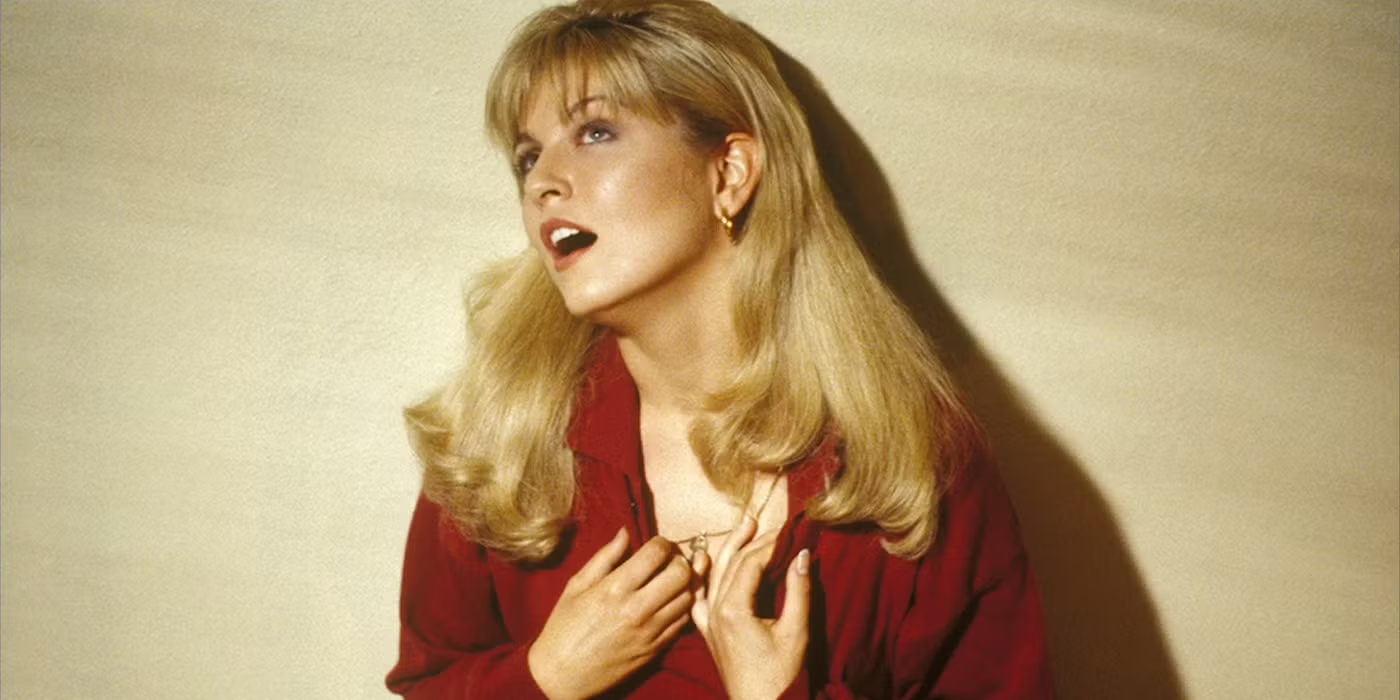
At the core of Twin Peaks lies the central mystery driving its narrative: the murder of the enigmatic Laura Palmer. Her body is found wrapped in plastic on the shore of the titular town, prompting FBI Agent Dale Cooper (Kyle MacLachlan) to investigate.
What follows is a deep dive into a rabbit hole of red herrings, cryptic clues, and surreal encounters—revealing hidden darkness beneath the small town’s idyllic facade. As Cooper navigates through characters like diner owner Norma Jennings and the mysterious Log Lady, he uncovers a web of perversion, secrets, and possible supernatural forces.
Twin Peaks profoundly impacted television by embracing ambiguity and eccentricity, influencing groundbreaking shows like The Sopranos and redefining TV storytelling.
David Lynch’s singular vision
The series embodies David Lynch’s unique cinematic voice—merging language, style, and subconscious imagery. His symbols emerge on-screen without explanation, inviting each viewer to interpret them through their own psyche.
From Blue Velvet’s severed ear to the Log Lady in Twin Peaks, Lynch taps into the collective unconscious and provokes a lingering unease.
Enduring appeal of Twin Peaks
The show’s lasting power lies in its exploration of universal dualities: beneath a postcard-perfect veneer lies chaos and hidden depravity. This tension between normalcy and darkness fuels the narrative and resonates across cultures and generations.
Director’s influences
Lynch’s fascination with small-town America—its polished surface concealing turbulent depths—recurs in his work. His creative process relies not on substances but on an intuitive vision fueled by coffee, cigarettes, and raw imagination.
Understanding Lynch’s influences deepens appreciation for the symbolic complexity of Twin Peaks.
Conclusion: Embrace the unknown
As the show advises, “Stay even when you don’t understand, even if it bothers you.” It’s by embracing the strange and ambiguous that Twin Peaks reveals its true legacy and transformative power in television.



